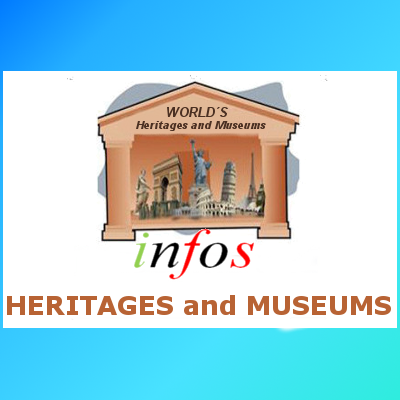What You Need To Know
David officially San José de David is a city and corregimiento located in the west of Panama. It is the capital of the province of Chiriquí and has an estimated population of 144,858 inhabitants as confirmed in 2013. It is a relatively affluent city with a firmly established, dominant middle class and a very low unemployment and poverty index. The Pan-American Highway is a popular route to David. It is named after King David from the Bible. The development of the banking sector, public construction works such as the expansion of the airport and the David-Boquete highway alongside the growth of commercial activity in the city have increased its prominence as one of the fastest growing regions in the country. The city is currently the economic center of the Chiriqui province and produces more than half the gross domestic product of the province, which totals 2.1 billion. It is known for being the third-largest city in the country both in population and by GDP and for being the largest city in Western Panama.
Population: Estimate 162,374
Area: 176 km²
Currency
The official currency of Panama is the Balboa
Commerce and industrialization
San José de David (official name) is Panama’s third largest urban area. It functions as a hub for the province’s commercial activities, mainly agriculture and cattle raising and supplies the rest of the country. It is the region’s chief financial center and most national banks have offices here, including international banks such as HSBC. It also serves as a port of exports and imports with neighboring Costa Rica. It is connected to the rest of the country by the Pan-American Highway, and the Enrique Malek International Airport. David is one of the most industrialized cities in the country and is a center of manufacturing, heavy industry and high technology standards and communications. It is also a popular tourist destination due to its nightlife, entertainment, cuisine, shopping and relative proximity to the Pacific coast and the Panamanian highlands.
Language
Spanish is the Official Language.
Layout
Location and geography
David is located in a basin in south central Chiriquí Province between the cities of Puerto Armuelles on the coast and Boquete in the mountains. The city lies below the water break on the David River, at the foothills of the Cordillera de Talamanca mountain range. Volcán Barú, a dormant volcano and also the tallest mountain in Panama, is visible from northern parts of the city. David is roughly 30 kilometres (19 mi) from the Costa Rican border and is a vital center for trade between the two countries. Located some 434 kilometres (270 mi) from Panama City. The city has little geographic variations within its boundaries. The main geographic landmarks in David are “Cerro San Cristobal”, “Cerro Pedregal”, located in the southern area of the city, in the Pedregal area. Mounts “Cerro Santa Cruz” and the “Pico de Loro” (literally: Bird’s Peak) Sierra surround the Northern David, being located in the San Carlos Area. David’s northeast region is surrounded by the Manjagua and David rivers, dividing David from the residential “Las Lomas” area. There are also smaller rivers running in a southernly direction and feeding the Pedregal estuary, which surrounds Pedregal and reaches its delta near the grounds of the Enrique Malek International Airport. The ocean coast close to David is in part covered by extensive beaches and mangroves. The city’s main port, Pedregal, is located in the south end of the city, near the mangrove-filled region. The port is closely connected by land to the city’s airport. This port is the docking site for small private vessels and yachts owned by David’s residents, and also serves as an attraction for fishers. It is also the departing place for tours that go to the numerous islands of the Chiriquí Gulf and the base of operations of many handicraft vendors. The city is the seat of the Roman Catholic Diocese of David. The city has one of the hottest climates in the Central American region, but the temperatures drop sharply near the outskirts.











